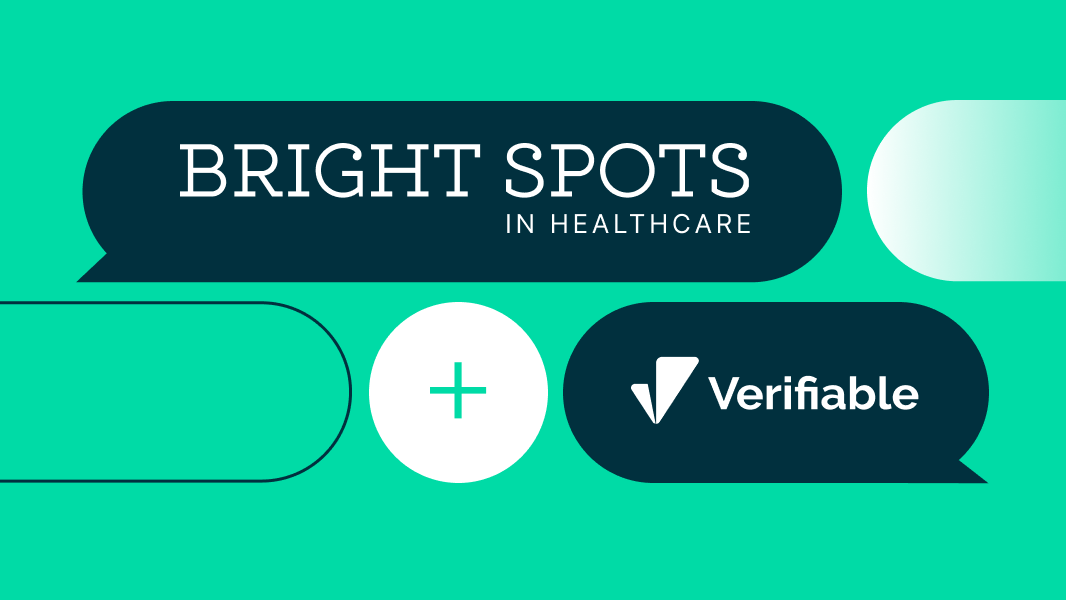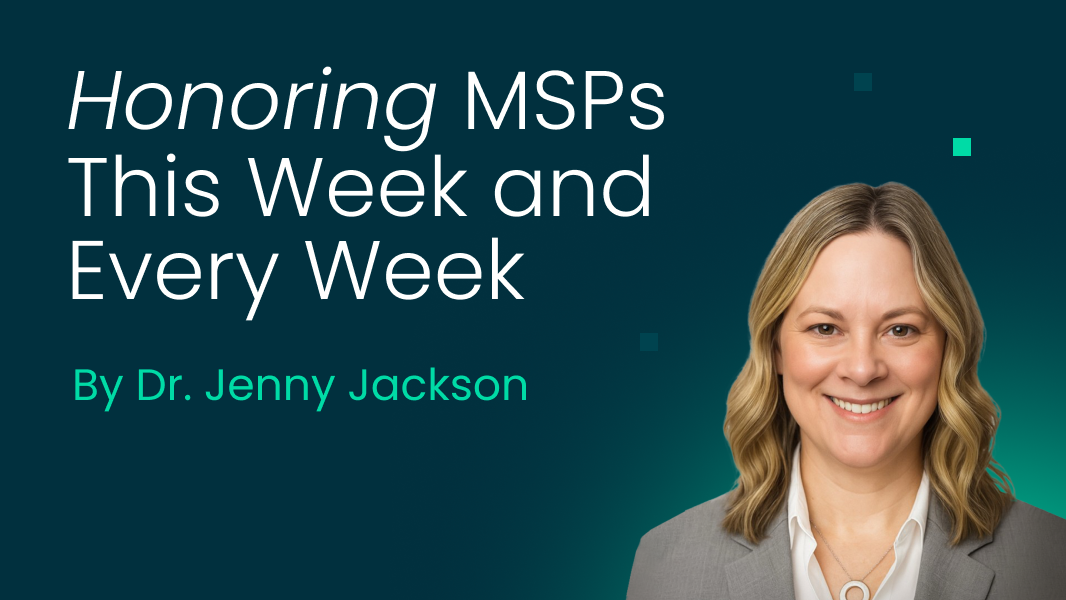I just got back from the NCQA Health Innovation Summit where I had an opportunity to chat with many professionals across health plans, provider organizations, and technology companies working in the healthcare quality and accreditation space.
As a relative newcomer to this industry, I’d initially assumed a collaborative relationship between credentialing, provider data management, and quality assurance. After all, doesn’t everyone share the goal of safe, high-quality patient care?
But in talking with leaders holding "Quality" titles, my assumption was challenged. It turns out these functions are often disconnected. Quality doesn’t seem to know what Credentialing is doing to collect and manage provider data and the two functions seem to get thrown together at the last minute when it’s time for an audit.
This realization—the massive gap between functions that share a critical mission—was my biggest takeaway. Here’s a breakdown of why I think this disconnect exists, and what the ultimate shared purpose should be.
Defining the Roles: Who Does What?
To understand the disconnect, it helps to be clear about each function’s primary mission:
1. The Quality Team: Guardians of Standards and Metrics
The Quality team's mission is the measurement, improvement, and consistency of care and business processes. They are the metric-driven arm of the organization.
- Clinical Quality: They implement protocols to reduce medical errors, prevent unnecessary hospitalizations, and improve patient safety.
- Accreditation and Compliance: They ensure the organization meets standards set by bodies like The Joint Commission and, yes, NCQA, to maintain accreditation status.
- For Health Plans: They manage network quality, coordinating quality metrics with providers to align incentives for financial sustainability.
2. The Credentialing Team: The Quality Control Mechanism
Credentialing roles focus on the meticulous verification and maintenance of individual provider qualifications. This is foundational patient safety work, but anyone who has been in a credentialing function for more than 5 minutes knows that it’s tedious, and often confusing, work.
- Primary Source Verification (PSV): They exhaustively check licenses, education, training, board certifications, and work history against primary sources.
- Risk Management: They screen for sanctions, disciplinary actions, and exclusion lists (OIG/SAM) to mitigate legal and public safety risks.
- Financial Gatekeepers: They handle payer enrollment, which is essential because a provider cannot bill major insurance companies, including Medicare/Medicaid, without proper enrollment—making them direct contributors to financial stability.
3. Provider Data/Network Management (PDM/PNM): The Foundation
These roles handle the strategic, systematic organization of provider information for the entire network. They are responsible for the single source of truth.
- Centralized Data: Their core task is creating and maintaining a single source of truth for all provider data (credentials, locations, contracts).
- Network Adequacy: They ensure the network meets regulatory requirements for patient access across specialties and geography.
- Error Prevention: They implement continuous monitoring to prevent data inconsistencies (e.g., misspelled names, incorrect NPIs, duplicate records) that lead to administrative slowdowns and denied claims.
The Core of the Disconnect
The biggest reason these functions operate in silos is that they historically rely on separate workflows, separate software, and separate staff.
- The Credentialing team is focused on compliance and the individual provider file.
- The PDM team is focused on cleaning and standardizing data.
- The Quality team only checks in when metrics are low or when an audit demands a quick view into verified credentials.
This siloed approach misses a crucial opportunity:
The Shared Purpose: Safe Care and Stable Revenue
Ultimately, all three functions share a collective goal that centers on patient safety and financial health. The modern healthcare organization must recognize that quality starts with credentialing.
- Patient Safety and Outcomes: Ensuring qualified providers (Credentialing) are in the network (PDM/PNM) and following best practices (Quality).
- Revenue Cycle Integrity: Accelerating onboarding and providing accurate data for billing to reduce costly, revenue-losing denied claims.
- End-to-End Compliance: Tracking credentials, exclusions, and network requirements to ensure continuous compliance and mitigate legal risk across the board.
The time I spent at the NCQA summit affirmed my belief that the future of high-quality healthcare depends on knocking down these silos. By leveraging modern, centralized technology, organizations can merge the Credentialing/PDM functions, giving the Quality team the real-time, trustworthy data they need not just for the audit, but to drive better patient outcomes every single day.

.svg)

.webp)


